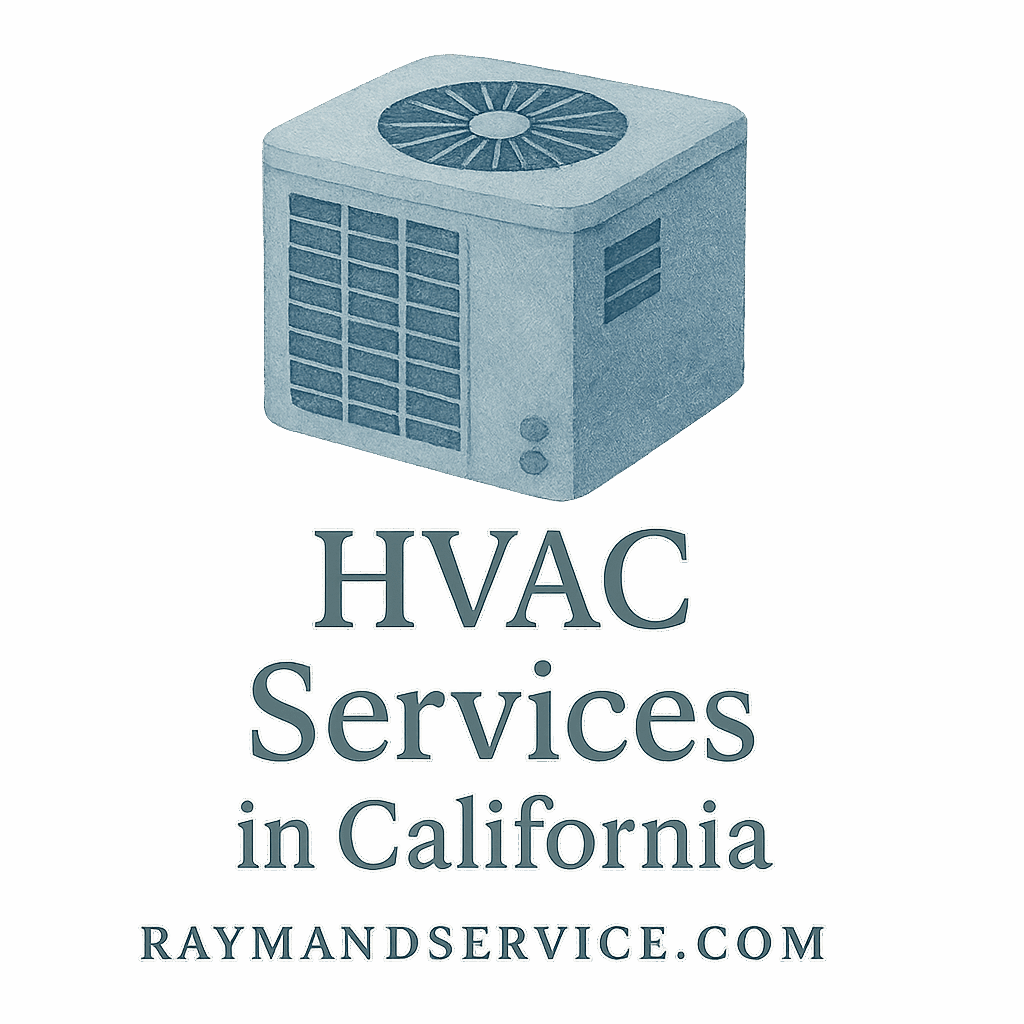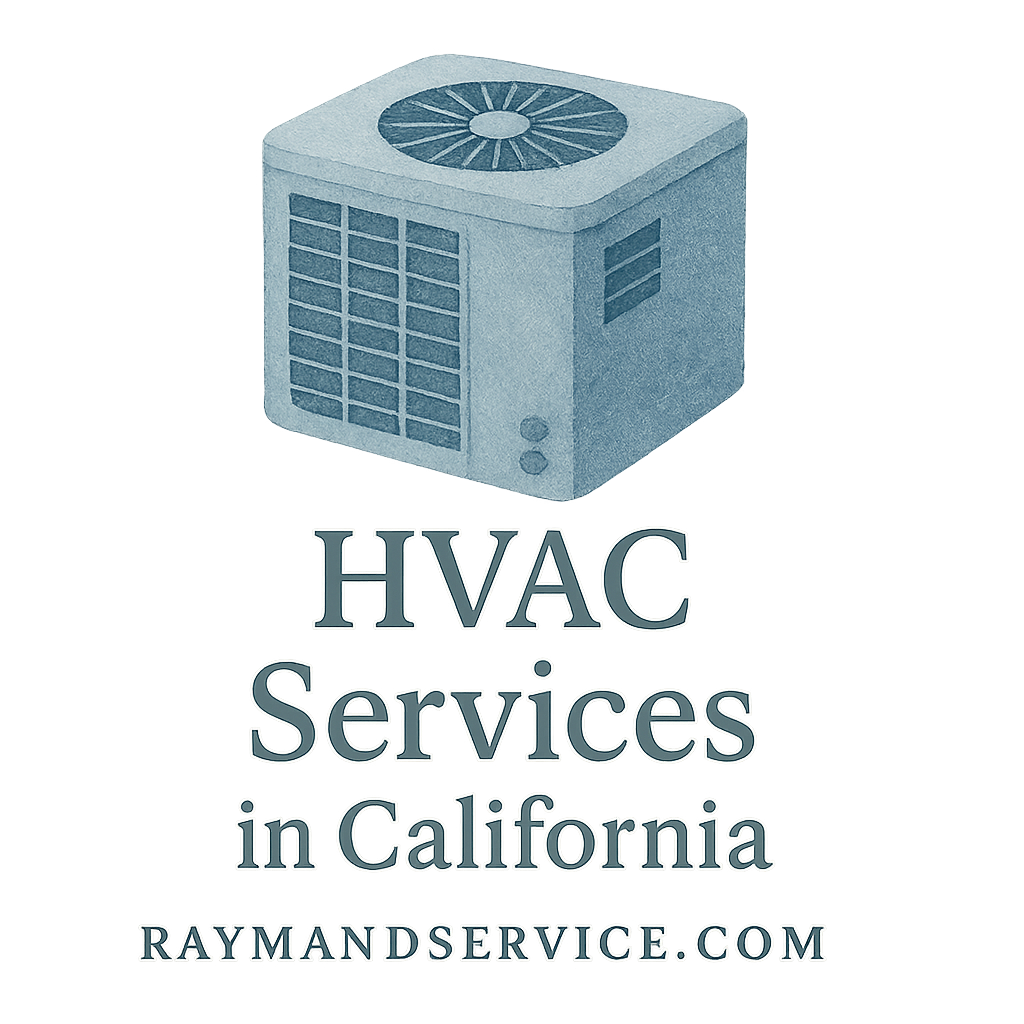Introduction: Why Rainy Season Demands Special HVAC Attention
Rain in California might seem like a relief, especially after dry spells, but it brings unique challenges for HVAC systems. Increased humidity, cooler temperatures, and excess moisture can impact system performance. If your HVAC isn’t prepped, you’re risking comfort—and possibly higher repair bills. So what should you do? Let’s dive into the 7 HVAC services you should absolutely consider during the rainy season in California.
1. HVAC System Inspection and Diagnosis
Importance of Early Diagnosis
Think of an HVAC inspection like a check-up for your system. Just like you wouldn’t wait to go to the doctor until something’s wrong, don’t wait for your system to fail. Rain can expose vulnerabilities—rust, leaks, and electrical shorts are common.
Preventing Costly Repairs
Diagnosing problems early can prevent full breakdowns later. A thorough inspection ensures that components like thermostats, circuit boards, and ductwork are functioning smoothly. Want to stay ahead of HVAC problems? Start with a professional diagnosis.
Internal Link: HVAC Maintenance & Troubleshooting
2. Residential HVAC Services Tailored for Rainy Weather
Customized Solutions for Homes
Rainy season impacts homes differently depending on insulation, layout, and HVAC age. Residential HVAC services can help ensure your system is ready to take on the extra workload of humid air, muddy filters, and fluctuating temperatures.
Enhancing Indoor Comfort and Airflow
Comfort is king. You want your family to stay cozy without overworking the system. Enhanced airflow during the rainy season also prevents condensation, dampness, and mold.
Internal Links:
3. Commercial HVAC Services in Wet Climates
Challenges Businesses Face
Businesses deal with larger spaces and more complex systems. During the rainy season, you may see issues like excess indoor humidity, mildew smells, or even HVAC system overload due to poorly managed airflow.
Sustainable Solutions for Commercial Spaces
Commercial systems need smart zoning, dehumidifiers, and precise thermostats. Partnering with experienced pros like Raymand Service can help ensure your building remains efficient and welcoming.
Internal Links:

4. HVAC Maintenance and Troubleshooting Essentials
Regular Tune-ups
Routine maintenance is like changing your car’s oil—it keeps everything running smooth. Cleaning filters, checking electrical connections, and clearing drainage lines are crucial during wet months.
Troubleshooting Rain-Induced Problems
Common rainy-season issues include water infiltration, electrical shorts, and thermostat failures. Expert troubleshooting helps spot these before they become expensive problems.
Internal Links:
5. Energy Efficiency Upgrades During Rainy Season
Saving on Utility Bills
Rainy weather can trick thermostats, causing your system to run longer than necessary. Upgrades like programmable thermostats and smart sensors keep efficiency high and utility bills low.
Eco-Friendly, Green Upgrades
Being green isn’t just trendy—it’s smart. Installing energy-efficient HVAC systems during the rainy season can cut down on emissions and long-term energy use.
Internal Links:
6. Seasonal HVAC Services in California
Adapting to Seasonal Signs and Climate Shifts
California’s seasons are subtle but impactful. Sudden weather changes can wreak havoc on HVAC systems. Seasonal HVAC services help adapt your system without unnecessary stress or repairs.
When to Schedule Seasonal Maintenance
Don’t wait for a downpour. Early-season service ensures your system handles rain, humidity, and chilly air like a champ.
Internal Links:
7. Addressing Airflow and Moisture Control
Combatting Humidity and Mold
Rain means moisture. And moisture means mold, mildew, and allergens if you’re not careful. Moisture control devices, better duct sealing, and upgraded filters go a long way.
Improving Indoor Air Quality
High moisture = bad air. Upgrade to high-efficiency air purifiers and dehumidifiers to keep breathing easy.
Internal Links:
Conclusion
The rainy season in California isn’t something your HVAC system can just “wing.” With proper planning and strategic services, you’ll not only avoid costly damage but also enjoy enhanced comfort, better air quality, and lower bills. Whether you’re a homeowner or a business owner, taking action now means peace of mind later.
Internal Link: Raymand Service
FAQs
1. How often should HVAC systems be checked during the rainy season? At least once at the start of the season, and mid-season if you experience issues.
2. Are energy efficiency upgrades worth the investment during rainy months? Absolutely—they can reduce utility bills and increase system lifespan.
3. What signs indicate moisture problems in an HVAC system? Look for musty smells, condensation on vents, and mold near ductwork.
4. Can seasonal HVAC services prevent mold? Yes, proactive maintenance can greatly reduce mold risks.
5. Should I adjust my thermostat during the rainy season? Using programmable thermostats or smart sensors helps maintain optimal temps.
6. Is commercial HVAC maintenance different from residential? Yes, it’s more complex and tailored to business needs.
7. What’s the most important rainy-season HVAC service to prioritize? Start with a full inspection and maintenance—then focus on moisture and airflow control.


